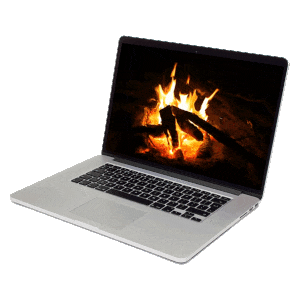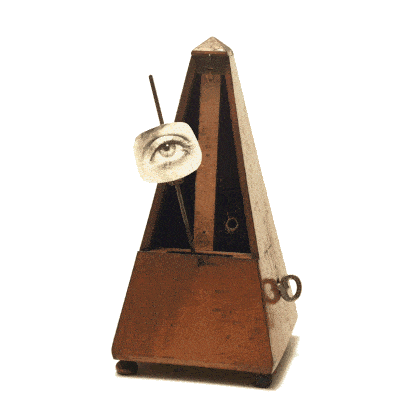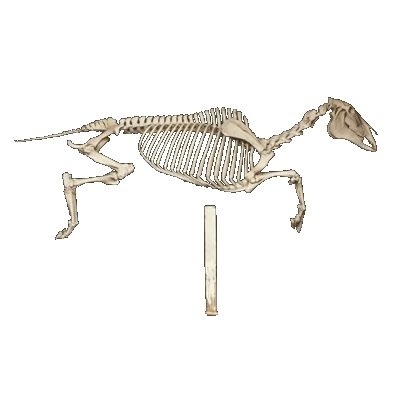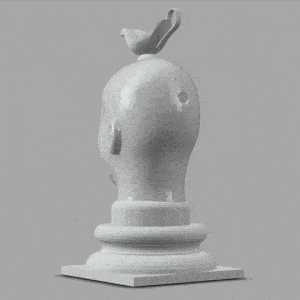Welcome to newMediaWiki
What is newMedia?
Welcome to newMediaWiki!
The term new media 1 can be used to describe visual art crafted with digital tools. 2 However, it’s a term bereft of history: every medium has at some point been new, and while digital media may be among the newest, the fundamental motivation for using any medium is as old as humanity: we still tell stories, whether by the flicker of the campfire or that of the screen.
Yet, what may be new about today’s new media is this: in a manner without parallel in history, digital media have democratized and globalized delivery of our stories, fundamentally changing the terms of exchange between artist and audience through a vicarious but ultimately human-to-human interactivity. 3
newMediaWiki is a Creative Commons licensed Open Educational Resource introducing artists to the tools at the core of the digital media revolution, grounding digital practice in strategic, theoretical, and critical frameworks.
Resources
2D Digital Art is a course in which students work with vector graphics, raster graphics, and graphic layout programs. The course introduces how computing can be used to produce works of art and design. Software focus: Illustrator, Photoshop, InDesign, slideware. Concept focus: basic visual design principles.
3D Modeling introduces 3D computer artwork and content creation using modeling, rendering, and animation applications. It provides students with an in-depth understanding of 3D techniques and production strategies. Software focus: Maya, Photoshop. Concept focus: animation principles, advanced visual design.
4D Media focuses on interactive multimedia. It explores experimental uses of new media in the visual arts with an emphasis on integrating digital media with current practices in 2-, 3-, and 4-dimensional art. Software focus: Photoshop, Dreamweaver, Animate, Premiere. Concept focus: time-and-motion, digital typography, interactivity, advanced visual design.
Praxis concentrates on the convergence of digital, interactive, and time-based experiences within current studio practice. Students design their own project. Software focus: Student-directed. Concept focus: Student-directed.
Fabbing introduces the exciting realm of digital design. The class explores the computer as an artistic medium. Projects will address the themes of form and expression while also gaining an introduction to contemporary sculpture and computer-mediated design. Software focus: Illustrator, Fusion, Meshmixer. Concept focus: basic visual design, fabrication.
parallelUniverses is a compendium of the framework in which today’s practitioner of 3D modeling, rendering, and animation operates, enhancing know-how knowledge typically found in software tutorials with a know-why reference source.
This is a simple semi-private wiki
newMediaWiki operates with the following user rights parameters, from broad to narrow:
- Everyone may view all content
- Everyone may subscribe or follow
- Everyone may comment at select pages but…
- Administrators monitor comments before publishing
- Only administrators may edit content
- Only the site owner may create admin accounts
Help us with link rot!
Link rot is our bane, with one study finding nearly two-thirds of links on the web breaking within a decade. We simply don’t have time to inspect hundreds of links. If you find a broken link, please email us! Note page and context (inline link, embedded content).
A note on migration
We recently completed a ten-month effort to migrate newMediaWiki from its original home at PBWorks.
Founded in 2010, our poor old wiki was bloating, in need of massive updates, suffering from terminal link rot, and missing an HTTPS scheme. Plus, we didn’t like the low-key Dokkio ads that started showing up a couple of years ago! The old site will remain live with redirects long enough for search engines to recognize the move.
Users familiar with the old site will feel comfortable here. There’s a similar look and feel, but this site will perform much better on a mobile device or tablet. The structure is virtually identical, but the content is updated here and no longer at the old site. Such is the reality of keeping the “new” in newMediaWiki!
History lesson
- April 2012
- February 2014
- May 2016
- May 2018
- February 2020
- June 2022
- New site inaugurated July 2023
- Old site retired April 2024
- Rouse, Margaret. Techopedia[↩]
- Shanken, Edward A. Contemporary Art and New Media Digital Divide or Hybrid Discourse?[↩]
- Maher, Vincent. Towards a definition of interactivity suitable for Critical Theory.[↩]






